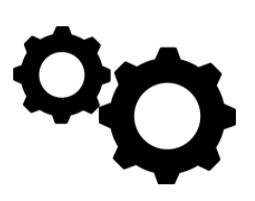|
We are working on developing the following areas:
Questioning and predicting
Demonstrate a sustained intellectual curiosity about a scientific topic or problem of personal interest
Make observations aimed at identifying their own questions about the natural world
Identify a question to answer or a problem to solve through scientific inquiry
Formulate alternative “If…then…” hypotheses based on their questions
Make predictions about the findings of their inquiry
Planning and conducting
Collaboratively plan a range of investigation types, including field work and experiments, to answer their questions or solve problems they have identified
Measure and control variables (dependent and independent) through fair tests
Observe, measure, and record data (qualitative and quantitative), using equipment, including digital technologies, with accuracy and precision
Use appropriate SI units and perform simple unit conversions
Ensure that safety and ethical guidelines are followed in their investigations
Processing and analyzing data and information
Experience and interpret the local environment
Apply First Peoples perspectives and knowledge, other ways of knowing, and local knowledge as sources of information
Construct and use a range of methods to represent patterns or relationships in data, including tables, graphs, keys, models, and digital technologies as appropriate
Seek patterns and connections in data from their own investigations and secondary sources
Use scientific understandings to identify relationships and draw conclusions
Evaluating
Reflect on their investigation methods, including the adequacy of controls on variables (dependent and independent) and the quality of the data collected
Identify possible sources of error and suggest improvements to their investigation methods
Demonstrate an awareness of assumptions and bias in their own work and secondary sources
Demonstrate an understanding and appreciation of evidence (qualitative and quantitative)
Exercise a healthy, informed skepticism and use scientific knowledge and findings from their own investigations to evaluate claims in secondary sources
Consider social, ethical, and environmental implications of the findings from their own and others’ investigations
Applying and innovating
Contribute to care for self, others, community, and world through personal or collaborative approaches
Co-operatively design projects
Transfer and apply learning to new situations
Generate and introduce new or refined ideas when problem solving
Communicating
Communicate ideas, findings, and solutions to problems, using scientific language, representations, and digital technologies as appropriate
Express and reflect on a variety of experiences and perspectives of place |


